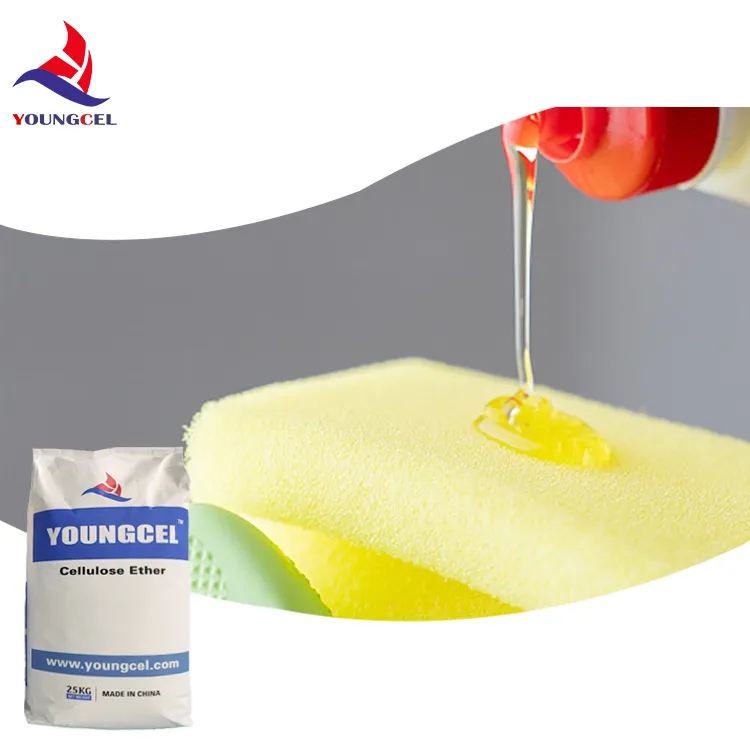Understanding HPMC 200000 Viscosity Applications and Significance
Hydroxypropyl Methylcellulose (HPMC) is a widely used polymer, recognized for its versatility and numerous applications across various industries. Among its many grades, HPMC 200000 is notable for its high viscosity properties, making it a valuable component in formulations that require thickening, binding, or film-forming capabilities. This article explores the characteristics, applications, and significance of HPMC 200000 viscosity.
Characteristics of HPMC 200000
HPMC is a semi-synthetic derivative of cellulose and is known for its excellent water-solubility. HPMC 200000 specifically denotes a product with a viscosity of approximately 200,000 mPa·s when measured at a 2% concentration in water at 20°C. This high viscosity indicates a gel-like consistency, suitable for applications that require a significant thickening agent.
The viscosity of HPMC can be influenced by several factors, such as molecular weight, substitution levels (hydroxypropyl and methyl), and the temperature of the application. HPMC 200000 boasts a unique combination of properties it does not gel when heated and can maintain its viscosity over a wide pH range, making it versatile for various formulations.
Applications of HPMC 200000
The high viscosity of HPMC 200000 opens doors to numerous applications in different industries, including
1. Pharmaceuticals HPMC 200000 is commonly used as a thickening agent in topical creams, gels, and ointments, ensuring a smooth texture and facilitating efficient drug delivery. Additionally, it serves as a binding agent in tablet formulations and is utilized in controlled-release drug formulations due to its gel-forming capabilities.
hpmc 200000 viscosity

2. Food Industry In the culinary world, HPMC 200000 is employed as a thickener, stabilizer, and emulsifier in various products. It enhances texture and mouthfeel in sauces, dressings, and dairy products while providing improved stability and shelf life.
3. Cosmetics HPMC’s film-forming ability makes it a popular ingredient in cosmetic formulations. It is frequently found in lotions, creams, shampoos, and conditioners, contributing to the desired texture and flavor while providing moisture retention and skin barrier protection.
4. Construction In the construction industry, HPMC 200000 acts as a thickener and water retention agent in cement-based products, tile adhesives, and plasters. Its viscosity enhancing properties help improve workability and adhesion of materials while reducing the risk of cracking.
Significance of HPMC 200000 Viscosity
The significance of HPMC 200000 viscosity lies in its ability to enhance product performance across various applications. For instance, in pharmaceuticals, its controlled release properties allow for better medication management, while in the food industry, it can improve textural quality and stability, thereby enhancing consumer experience.
Moreover, HPMC 200000 stands out as a non-toxic, biodegradable option in formulations, aligning with industry trends towards sustainability. Its ability to customize viscosity based on the desired end-use also positions it as a preferred choice for formulators seeking flexibility and efficiency in product development.
Conclusion
In conclusion, HPMC 200000 viscosity is a vital aspect that contributes to the effectiveness and versatility of HPMC across multiple industries. Its multifunctional properties not only enhance product quality but also cater to the evolving needs of consumers and industries focused on sustainability. As research continues to develop in the field of cellulose derivatives, HPMC 200000 will likely maintain its significance as an essential ingredient in a wide range of formulations.




